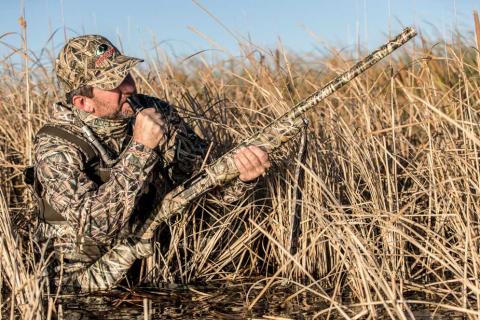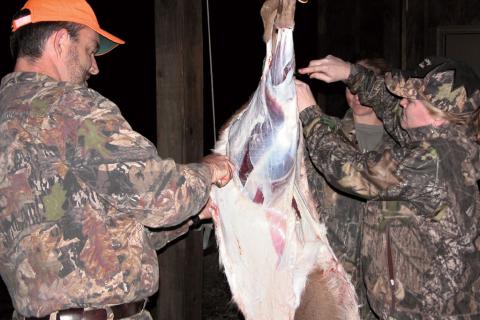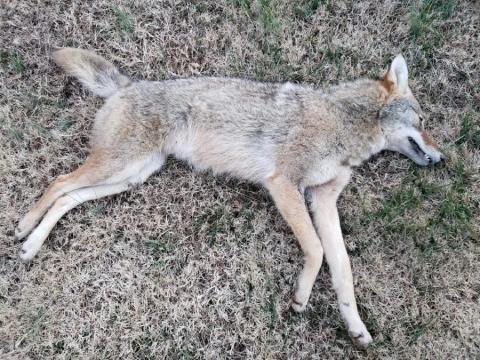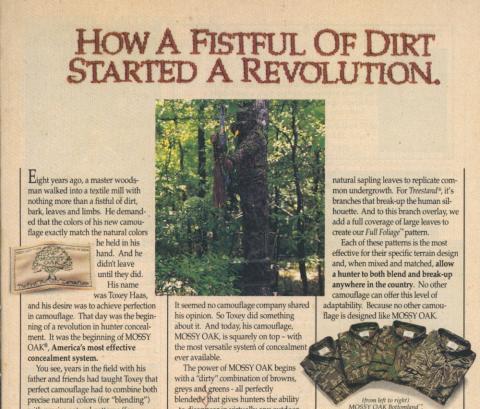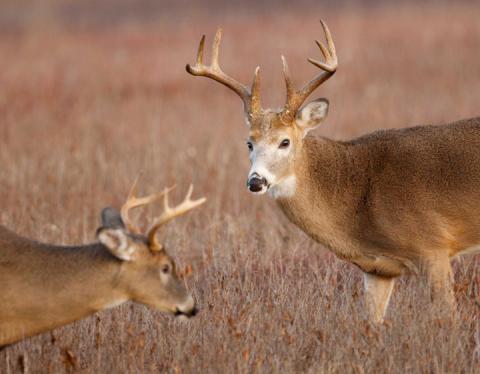Benny Collins | Mossy Oak ProStaff
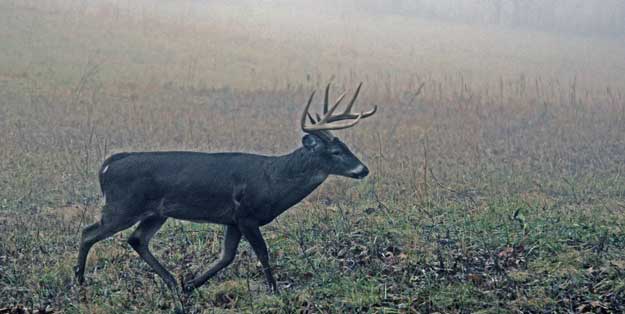
One of the advantages that we have on the five farms that belong to a friend of mine is that he has all the big farming equipment that we’ll ever need to manage these properties for wildlife. My brother and I buy the seed, and he allows us to use his equipment to spray and kill off weeds and shrubs where we want to put in green fields, or where we want to put in a new crop after an old crop has died-off.
I usually start bushhogging the first week in August to cut down weeds and small trees in our green fields and on places where we want to plant new green fields. After about a week or two, I’ll bushhog the same properties that I’ve bushhogged at the first of August. Then we spray those plots with a weed killer like Roundup. Once all the weeds and bushes are killed, I take my disc and disc up the green fields.
If we’re going to plant a small seed crop, I want to smooth out the earth. Then we can compact the seeds into the ground. At first, I used a chain-link fence drag to try and smooth out the ground. But today, we use a cultipacker to compact the soil with our seed and fertilizer in it. If you don’t cultipack the soil, small seeds like clover, wheat, turnips, radishes or BioLogic Full Draw and BioLogic Green Patch Plus will come up, but you won’t have nearly as good a stand for wildlife as you will if you smooth out the field and then use the culitpacker or some type of roller to pack those seeds and fertilizer in the ground.
I think one very important approach to green field plantings is to remember that deer are browsers and eat a wide variety of different foods. I've seen deer walk out of a clover patch into the woods and start feeding on greenbrier. To solve that problem, we plant several different crops in each one of our green fields.
In the center of our food plots, we usually plant BioLogic Winter Bulbs and Sugar Beets. On each side of the Winter Bulbs, I plant Winter Peas. Then I plant BioLogic DEER-Radish on both sides of the peas. Next, I’ll put in two strips of BioLogic Full Draw. The next two strips will be Trophy Oats. I plant BioLogic Green Patch Plus in the last two rows on the outside of the field, and I’ll put out the Trophy Oats and BioLogic Green Patch Plus all the way around the field.
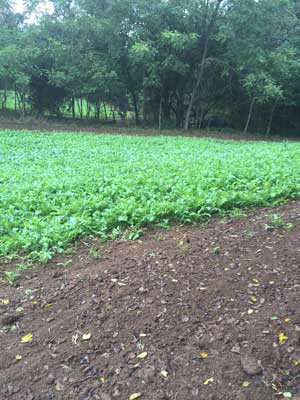 The reason I put Trophy Oats and Green Patch Plus around the entire field is that those plants generally come up first in our area. Those two plantings not only provide food for early-season bowhunting, but they cause the deer to start coming to each food plot and feeding right on the edges of the woods and the food plots. Another reason I plant those early-season crops on the edges of the fields is to give the deer something to feed on while my other crops farther out in the field have time to come up, grow and get well established before the deer start feeding on them. Once those crops in the middle of the field get to be about four to five inches tall and have had two or three rains, they’ll grow tall enough that the deer can’t completely wipe them out when they start feeding on them.
The reason I put Trophy Oats and Green Patch Plus around the entire field is that those plants generally come up first in our area. Those two plantings not only provide food for early-season bowhunting, but they cause the deer to start coming to each food plot and feeding right on the edges of the woods and the food plots. Another reason I plant those early-season crops on the edges of the fields is to give the deer something to feed on while my other crops farther out in the field have time to come up, grow and get well established before the deer start feeding on them. Once those crops in the middle of the field get to be about four to five inches tall and have had two or three rains, they’ll grow tall enough that the deer can’t completely wipe them out when they start feeding on them.
To have an effective GameKeepers program, I believe that you not only need to plant food for wildlife, but you need to use certain crops for early-season hunting, and other crops for late-season hunting. You have to plant enough of your early-season crop, so the later-season crop has time to come up and mature before the deer start feeding on it. The last thing that our deer feed on is the Winter Peas and the DEER-Radish. When they start feeding on the Radish, they’ll eat on the leaves of the Radish until the leaves are gone. Then they’ll paw up the ground and eat the bulbs under the ground.
Our wildlife management programs actually start in the spring of the year when I put out minerals. I’ll place a trail camera close to the minerals, since I've found that those mineral licks will allow me to get photos of the deer on our property and most of the deer on our neighbor’s land. The secret to using mineral licks and surveying your deer herd is not to put out too many mineral licks, especially if you're using trail cameras to survey your deer herd.
Besides feeding the minerals to the deer, I want to concentrate the deer to learn what to expect for the upcoming hunting season. I only put out two mineral licks per farm. With the mineral licks, I think I can see just about every mature buck during the spring and summer months that we’ll have an opportunity to hunt and take during deer season. I like to put my mineral licks out in April and May and get them established early. We get a little bit of deer activity on the mineral licks all the way up and into November. But I've noticed that the deer use the mineral licks the most during May, June and July.
We also will use fire to burn off some of our really thick green fields. Prescribed burning benefits wildlife and can help prevent more fires by taking away fuel that naturally ignites fires. But we personally never burn the woods, because woods fires can get away from people and create a much bigger burn than we’d planned on having. If the mountains where our farms are located caught on fire, we would have created a major problem to try to put them out.
To learn more about GameKeepers and how to increase wildlife on your property, go to http://www.gamekeepersclub.com. If you’re just becoming interested in having more game on your property, and you'd like to have back issues of “GameKeepers Magazine,” you can order back issues from GameKeepers at any time. You also can go to https://www.plantbiologic.com/t-growthemlikethegamekeepers.aspx.
















